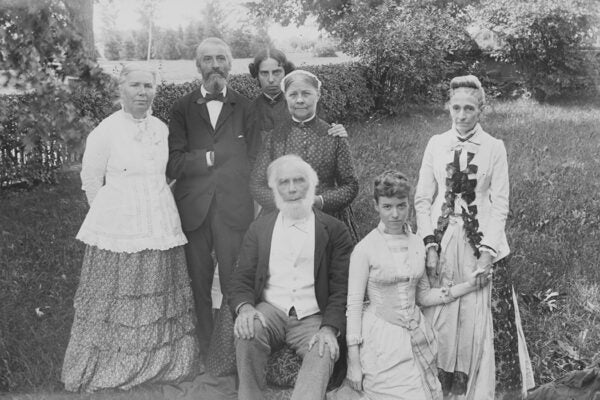How far would you go to taunt an enemy? According to popular legend, Italian aristocrat Caterina Sforza (1463–1509) was willing to risk both her reputation and her children’s lives to spite her foes in war, making this a story truly suitable for the ultraviolent era of the Italian Renaissance. The extraordinary characters of the era weren’t limited to the ceilings of the Sistine Chapel. Some of them, like Sforza, lived, breathed, and possibly engaged in some meaningful nudity as well.
In 1488, Sforza had used clever maneuvering to gain control of the fortress of Ravaldino. She’d been sent inside by the Orsi family, a rival faction with whom she’d established a reluctant truce, to negotiate a peaceful surrender with the castellan. Instead, she claimed the castle as her own. Legend has it that when the Orsi family threatened to murder her children in retaliation, she shocked all witnesses by climbing up onto the fortress walls, raising up her skirts to show off her private parts, and triumphantly declaring, “Fatelo, se volete: impiccateli pure davanti a me…qui ho quanto basta per farne altri!” (“Do it, if you want to: hang them even in front of me…here I have what’s needed to make others!”)
Although this story makes an amusing tale, many historians doubt its validity, believing it a rumor spread by misogynistic Italian soldiers in a bid to make the fearful and formidable countless look ridiculous. Julia L. Hairston attributes the story’s notoriety to historian and philosopher Niccolò Machiavelli’s over-imaginative handling of events in his Discourses, commenting wryly that “he creates a version in which she [Sforza] no longer responds to the political predicament in which she finds herself.”
This speculation is backed by political analyst Michelle Tolman Clarke, though she attributes Machiavelli’s motivations to a desire to create propaganda in Sforza’s favor rather than against. His version of events, in Clarke’s view, effectively establish Sforza’s character for generations to witness:
As a noble, she is expected to keep her promises; as a woman, she is expected to prize her children above all else. Without compunction, she takes advantage of these expectations and secures both her own autonomy and the autonomy of her city, as well as the enduring admiration of Machiavelli.
Yet scholars generally agree that it’s unlikely that Sforza would have humiliated herself in this way. Although she was known to be a woman of hot temper and stubborn resolve, Sforza was also a woman of extreme dignity and pride, raised to be an outstanding representative of a powerful ruling family who would not have debased herself so crudely. Elizabeth Lev, in her biography of Sforza, The Tigress of Forlì, maintains that she did indeed make the threat but didn’t lift her skirts. However, she also insists that Sforza gave an enemy battalion “the fig,” which Lev describes as “the Renaissance equivalent of ‘the finger.’” It seems that some level of crudeness was permitted in the game of war in the fifteenth century, even by noblewomen.
Weekly Newsletter
Fictional portrayals of Sforza have played around with the skirt-raising myth. The 2011 television series Borgias, created by Tom Fantana for European viewers, has Sforza deliver her iconic line to a frustrated Cesare Borgia, who anticipated an easy surrender from his female adversary during his military campaign to rule over a united Italy. In this scene, she’s clad in full armor, and she rubs her stomach instead of exposing herself to the army surrounding her fortress. Neil Jordan’s 2011 Showtime series The Borgias has the same setup, and Sforza does flash Cesare Borgia, but she exposes only her thigh. Entertainment producers seem to agree that this legend is even more intriguing when Borgia, rather than the Orsi family, is the target of Sfroza’s provocative fury. It adds bulk to yet another famous legend, which is that the two Italian powerhouses were lovers.
Support JSTOR Daily! Join our new membership program on Patreon today.







